What is value in art all about?
It consists of white, black and everything else in between those two distinct colors. How do we determine how dark or light a color should be?
It all depends on where we are looking at a particular color. Think of it this way: the closer something is to the foreground, the darker its color should be. Conversely, anything receding away from it should fade slowly into the horizon.
Value is applied in art to create the illusion of depth, space, mood and atmosphere. Subject matters appear more realistic and life-like as areas of light and darkness create three-dimensionality. Learning how to create value is essential on your road to becoming an artist.
How to create a value scale
But first! You have to ready a sheet of quality paper, some great pencils (we prefer HB, 2B, 4B and 6B pencils you can easily buy from the bookstore) and a quality eraser.
Using a ruler, create equally-sized and distanced squares on your paper similar to the illustration below. 1 x 1 inch-squares should be ideal.
Here's are some helpful tips for you.
Since it might be a little difficult for you to create slight gradations within your neighboring squares (keep in mind that they should be similar to each other when side by side), try squinting your eyes and take a look at your squares. The values in your neighboring squares should seem like they are merging together.
Another tip is to use a kneaded eraser. It is special type of eraser you can form into different shapes to help you adjust your values quickly. For instance, if you have to lighten an entire square, you just need to flatten your kneaded eraser and apply it very lightly on the square.
Pretty soon after doing tons of practice, it will be very easy for you to arrive at a value scale similar to the illustration below:
A quick history on value scales
The importance of value and tone in art
Value is important in art because it creates a focal point within our painting or drawing. Just like in art composition, the human eye moves very rapidly and it is immediately drawn to an area where there is a light or dark element. How you handle lightness and darkness in your artwork will create the focal point of interest.
Appreciating value scales applied in real art
Your chance to learn!
www.thedrawingsource.com
www.makingamark.blogspot.com
www.artisun.blogspot.com
www.paintdrawpaint.com
wwww.allykatz.deviantart.com
www.feuilledepapier.deviantart.com
www.artroominations.blogspot.com
www.foundationsartmrhs.blogspot.com
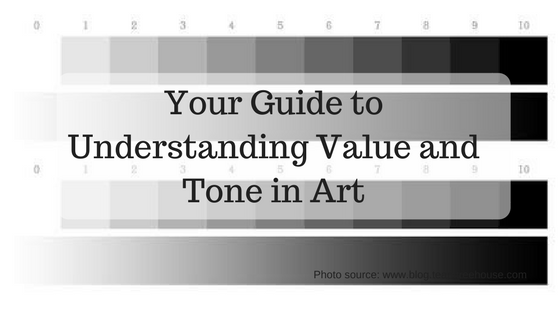



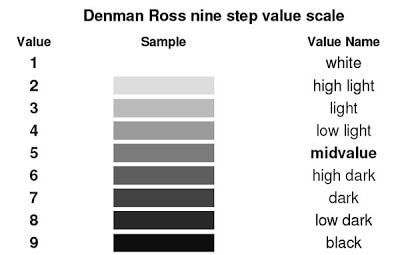
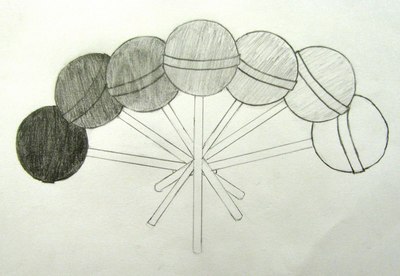
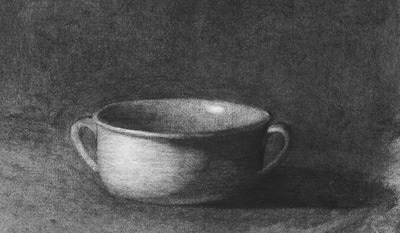
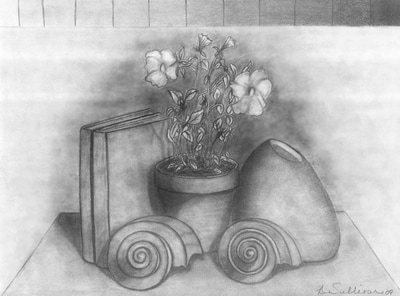
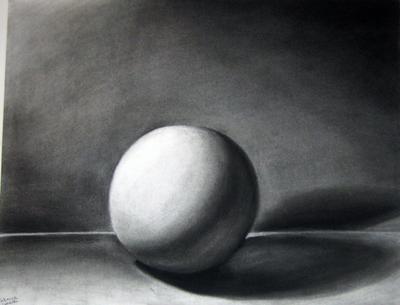
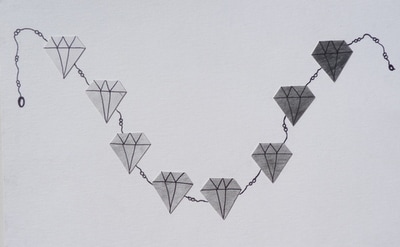
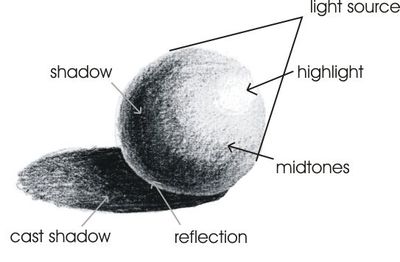

 RSS Feed
RSS Feed
